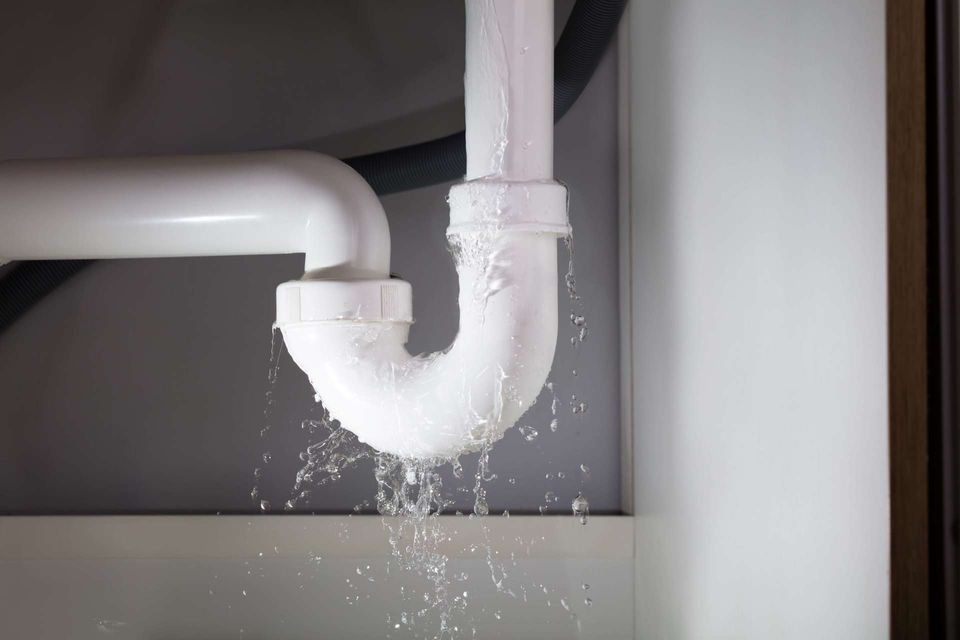Guide To Water Leak Detection In The House
Guide To Water Leak Detection In The House
Blog Article
The writer is making a few great observations on Leaking water lines overall in this post followed below.

Early discovery of dripping water lines can minimize a potential catastrophe. Some small water leakages might not be visible.
1. Take A Look At the Water Meter
Every residence has a water meter. Checking it is a proven way that helps you find leakages. For starters, switch off all the water sources. Guarantee nobody will flush, utilize the tap, shower, run the washing device or dishwasher. From there, most likely to the meter and watch if it will certainly alter. Since nobody is utilizing it, there should be no movements. That shows a fast-moving leak if it moves. Furthermore, if you discover no changes, wait a hr or more and also inspect back once more. This means you might have a sluggish leak that could also be underground.
2. Inspect Water Usage
Analyze your water costs and also track your water consumption. As the one paying it, you should discover if there are any discrepancies. If you identify sudden changes, in spite of your intake coinciding, it implies that you have leaks in your plumbing system. Keep in mind, your water bill should drop under the same variety every month. A sudden spike in your costs shows a fast-moving leakage.
On the other hand, a constant increase every month, even with the same routines, shows you have a slow-moving leak that's likewise slowly escalating. Call a plumber to extensively check your home, specifically if you really feel a warm area on your floor with piping below.
3. Do a Food Coloring Test
30% comes from commodes when it comes to water usage. Test to see if they are running properly. Decrease flecks of food color in the storage tank and also wait 10 mins. There's a leakage in between the container and also dish if the color somehow infiltrates your bowl during that time without flushing.
4. Asses Outside Lines
Do not fail to remember to examine your outdoor water lines too. Should water seep out of the link, you have a loosened rubber gasket. One small leakage can squander loads of water and surge your water bill.
5. Evaluate and also Examine the Circumstance
House owners ought to make it a practice to inspect under the sink counters and also even inside closets for any kind of bad odor or mold and mildew development. These 2 warnings indicate a leakage so prompt attention is called for. Doing routine examinations, even bi-annually, can conserve you from a significant problem.
Inspect for discolorations and also deteriorating as most appliances and also pipes have a life span. If you think leaking water lines in your plumbing system, do not wait for it to escalate.
Early discovery of dripping water lines can reduce a possible disaster. Some tiny water leakages might not be noticeable. Checking it is a proven means that helps you discover leaks. One tiny leak can waste bunches of water and spike your water bill.
If you think dripping water lines in your plumbing system, do not wait for it to intensify.
WARNING SIGNS OF WATER LEAKAGE BEHIND THE WALL
PERSISTENT MUSTY ODORS
As water slowly drips from a leaky pipe inside the wall, flooring and sheetrock stay damp and develop an odor similar to wet cardboard. It generates a musty smell that can help you find hidden leaks.
MOLD IN UNUSUAL AREAS
Mold usually grows in wet areas like kitchens, baths and laundry rooms. If you spot the stuff on walls or baseboards in other rooms of the house, it’s a good indicator of undetected water leaks.
STAINS THAT GROW
When mold thrives around a leaky pipe, it sometimes takes hold on the inside surface of the affected wall. A growing stain on otherwise clean sheetrock is often your sign of a hidden plumbing problem.
PEELING OR BUBBLING WALLPAPER / PAINT
This clue is easy to miss in rooms that don’t get much use. When you see wallpaper separating along seams or paint bubbling or flaking off the wall, blame sheetrock that stays wet because of an undetected leak.
BUCKLED CEILINGS AND STAINED FLOORS
If ceilings or floors in bathrooms, kitchens or laundry areas develop structural problems, don’t rule out constant damp inside the walls. Wet sheetrock can affect adjacent framing, flooring and ceilings.
https://www.servicemasterbyzaba.com/blog/how-to-detect-water-leakage-in-walls/

As a keen person who reads on Hacks to detect leaks, I thought sharing that piece of content was a smart idea. Are you aware of another person who is very much interested in the niche? Please feel free to promote it. Thank you for your time invested reading it.
Report this page